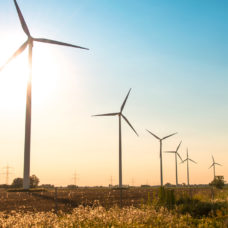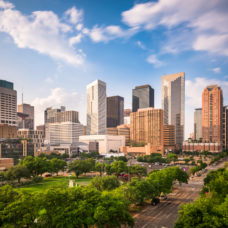The world’s High Tech Startup Capital, the Netherlands, have a reputation for next-generation infrastructure and renewable energy advancements. Certain Dutch streets are self-lit, and Dutch farms have the ability to recoup heat from dairy milk. Now, the country is poised to be a groundbreaking leader in renewable mass transit.
Amsterdam: Cultural and Financial Mecca
Amsterdam is enjoying incredible growth in various industries. With a healthy, robust and ever-growing population, the city is viewed as an economic and cultural mecca.
It is host to some of the world’s most prestigious museums, restaurants, parks and bike-friendly cobble-stone canals.
The country is successful at empowering their own professionals. At the same time, the Dutch are known to be incredibly warm to foreigners. Take the unofficial business motto of Bas Beekman, program director of Startup Amsterdam, “if you can’t make it in Amsterdam, you can’t make it in Europe.”
Dutch officials welcome foreign presence which in turn creates a robust financial sector in an already very appealing city and country in which to live.
Playing host to over 67 companies in a 6,000 square-meter city center makes for a lively and competitive market. With Amsterdam looking to solidify itself as a strong financial and cultural presence for years to come, the city seeks to incorporate greener energy solutions. Bikes are already synonymous with the city’s culture and the greenest method of transportation, but for those who might dwell outside the City Center, bikes won’t always resolve
Bikes are already synonymous with the city’s culture and the greenest method of transportation, but for those who might dwell outside the city, bikes won’t always resolve commuter issues.
Tiny Country, Huge Possibilities
There are currently over 600,000 people in the Netherlands who rely on daily public transportation, and railway systems like the NS are responsible for transporting them.
The largest railway system in the Netherlands, operated by the NS, requires about 1.2 billion kWh of electricity a year – the same amount of energy that all of Amsterdam’s households combined consume in one year.
The #NS railway company requires about 1.2 billion kWh of electricity a year.Click To TweetTherefore, in an effort that significantly reduces the Netherland’s carbon footprint, the NS, in collaboration with energy provider Eneco, committed to cutting transportation emissions by transitioning completely to renewable energy by 2018.
Recently constructed wind farms in the Netherlands and other European countries like Belgium and Finland produce excess wind energy that they sell to companies like the Netherland’s Eneco. These wind energy projects were completed ahead of schedule and allowed the NS railway system to reach its goal a year early.
The entire Dutch railway system now runs on 100% renewable wind energy.
Paying the Low Cost to be the Big Boss
In a recent EdgyLabs article, we analyzed how the costs of offshore wind energy were declining due to a number of factors. One was a healthy competition among European providers. Another was resistance to Chinese investment in the market. Coupled with favorable European market conditions, the more clean energy infrastructure put in place, the lower the overall clean energy costs.
Coupled with favorable European market conditions, the more clean energy infrastructure put in place, the lower the overall clean energy costs.
In Comes Industry 4.0
The move by Eneco and NS represents the next big step in creating Industry 4.0 economies because it creates entire production and supply chains based on renewable energy.
The move implements transportation infrastructure dependent upon renewable energy, and implements renewable energy infrastructure (wind farms) to provide power for transportation. This link between the means of production and the use of the product underlies transition to Industry 4.0
With the advent of cutting edge tools such as aerodynamic smart blades and dependable 700ft turbines driving down the production prices, larger markets may soon be able to hop on board.
Majority domestic output and use mean that the Netherlands is more energy independent and less dependent on volatile international markets for traditional energy sources like coal and petroleum.
When in need, the Netherlands can source clean energy from neighbors like Belgium and Finland. Industry 4.0 is dependent upon the interconnectivity of devices, infrastructures, and even international cooperation.
The Netherlands, with their forward thinking renewable energy transportation infrastructure, may soon be called, “The Little Country that could.”
The Netherland’s size gives it a unique advantage. As it led the world in maritime exploration before the first Industrial Revolution, the country could be one to lead the world’s green initiative.










Comments (0)
Most Recent